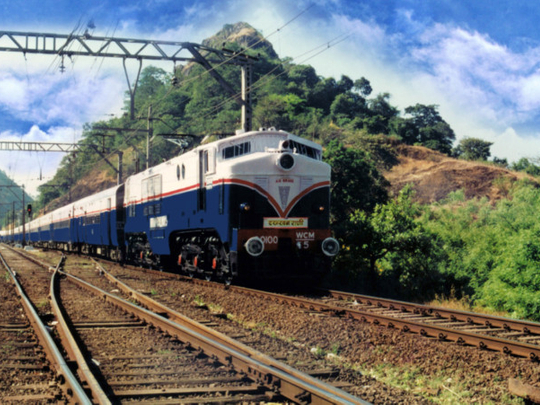
Mumbai: The Deccan Queen, one of the longest running trains of the Indian Railways connecting Mumbai and Pune and which has served millions of passengers commuting between the two cities, turns 85 on Sunday.
The introduction of the Deccan Queen between the two premier cities of Maharashtra on June 1, 1930 was a major landmark in the history of the Great Indian Peninsula Railway (GIP), the forerunner of the Central Railway (CR). It is one of the best loved trains for travellers who commute daily with ease and provides a carefree journey for others who do not want the tension of driving through the Expressway — with the 192-km route being covered in three hours and 15 minutes.
This was India’s first deluxe train which was aptly named after the city of Pune which is referred to as the Queen of the Deccan. The locals lovingly refer to the train as ‘Dakkhan chhi Raani’. The Deccan Queen has several firsts or ‘among the firsts’ to her credit: she was India’s first superfast train, the first long distance electric hauled passenger train, and one of the first vestibule trains. It was also the first to have a Ladies Only car, and among the first to feature a dining car.
The Deccan Queen initially had two train sets (rakes): one painted silver with scarlet mouldings and the other royal blue with golden trim. The underframes of these cars were built by the Metropolitan Cammel C & Works in England, whilst car bodies and coach work were assembled at the Matunga Carriage and Wagon Works, Bombay.
The distinctive colour scheme of cream and royal blue with a red band above the window level has been recently adopted as the colour scheme for this train.
In the pre-independence days, the standard of comfort was distinctly colonial, in keeping with the upmarket image of this train and the commuting gentry. It was initially known as a weekend train ferrying passengers for the Pune races. It had only first and second class accommodation and each rake provided accommodation for 61 first class and 156 second class passengers with 19 attendants.
First class was abolished on January 1, 1949 and second class was redesigned as first class which continued up to June 1955 when third class was introduced for the first time. The was later re-designated as second class from April 1974 onwards.
The coaches of the original rakes were replaced in 1966 by anti-telescopic steel-bodied integral coaches built by Integral Coach Factory, Perambur, Tamil Nadu. The number of coaches was also increased to 12 from seven, providing not only additional accommodation but improved riding comfort.
The Deccan Queen got a complete facelift and refit in 1995 as the demand for better amenities and improved standards of comfort and quality of service grew. At present, the train runs with 17 coaches including four air-conditioned chair-cars, one dining car, 10 second class chair-cars and two second class cum brake vans.
The new rake provides a total seating capacity of 1,417 as against 1,232 seats in the old rake — an increase of 15 per cent. The dining car offers table service for 32 passengers and has modern pantry facilities such as microwave oven, deep freezer and toaster. The dining car is also tastefully furnished with cushioned chairs and carpet.













